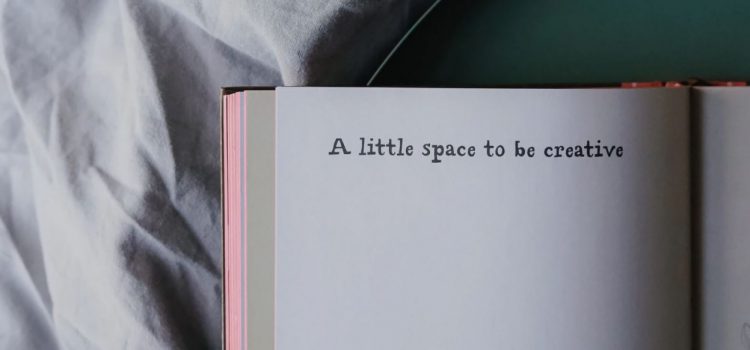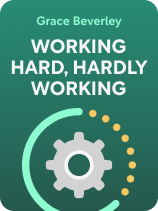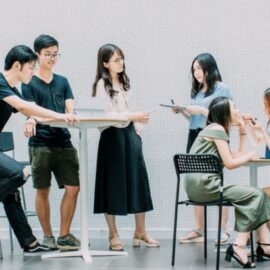

This article is an excerpt from the Shortform book guide to "Working Hard, Hardly Working" by Grace Beverley. Shortform has the world's best summaries and analyses of books you should be reading.
Like this article? Sign up for a free trial here.
How original is the work you do? How is its value (and your enjoyment) related to its originality?
In Working Hard, Hardly Working, entrepreneur and influencer Grace Beverley shares recommendations on how to be creative at work. She contends that the originality you infuse into your work will make it more valuable—and it will make you more fulfilled.
Continue reading for Beverley’s practical tips that you can start using today.
How to Be Creative at Work
Beverley’s advice on how to be creative at work is in the context of enjoying your work more and avoiding burnout. She argues that we find work more satisfying when we complete tasks in an original way. She explains that, when we leverage our unique strengths to create original work, the result is more valuable because someone else can’t easily replicate it. Feeling valuable in this way gives us joy and satisfaction.
(Shortform note: If you do creative work, such as art or poetry, you may depend on others to determine your work’s originality and value—but in Keep Going, Austin Kleon warns against producing creative work to earn others’ approval. Kleon says you’ll risk making work that other people enjoy instead of making work that you enjoy creating. Even if you enjoy the work, you’ll feel unsatisfied with the results if they don’t get enough positive attention. Kleon says you can avoid these outcomes by paying less attention to others’ approval, as you’ll then start caring about it less. For instance, limit how much time you spend checking social media responses to your work.)
How can you make your work original? Beverley says to engage in warm-ups (what she calls “creative triggers”) that will inspire you to think outside the box before you complete work tasks. Warm-ups she recommends include drawing something relevant to your work task, listening to a podcast on a related topic, and brainstorming relevant ideas with others.
For example, say you’re a musician who posts lessons about musical concepts on YouTube. You begin one workday by doodling on paper while listening to a song you want to teach. This warm-up gives you the idea to represent the song visually in your video for it, using rising lines to represent ascending melodies, falling lines to indicate descending ones, and wavy lines to show vibrato.
(Shortform note: In keeping with Beverley’s first tip for making your work more enjoyable, consider choosing warm-ups that align with tasks you find satisfying—that way, you’ll both warm up your creativity and experience satisfaction. For instance, warm up with drawing if you enjoy organizing information visually; listen to a podcast on a relevant topic if you find research satisfying; and brainstorm ideas with others if collaboration brings you joy.)

———End of Preview———
Like what you just read? Read the rest of the world's best book summary and analysis of Grace Beverley's "Working Hard, Hardly Working" at Shortform.
Here's what you'll find in our full Working Hard, Hardly Working summary:
- Why self-care and productivity require one another
- How to use your work time wisely and make work tasks more enjoyable
- How regular self-care can help you prevent burnout






